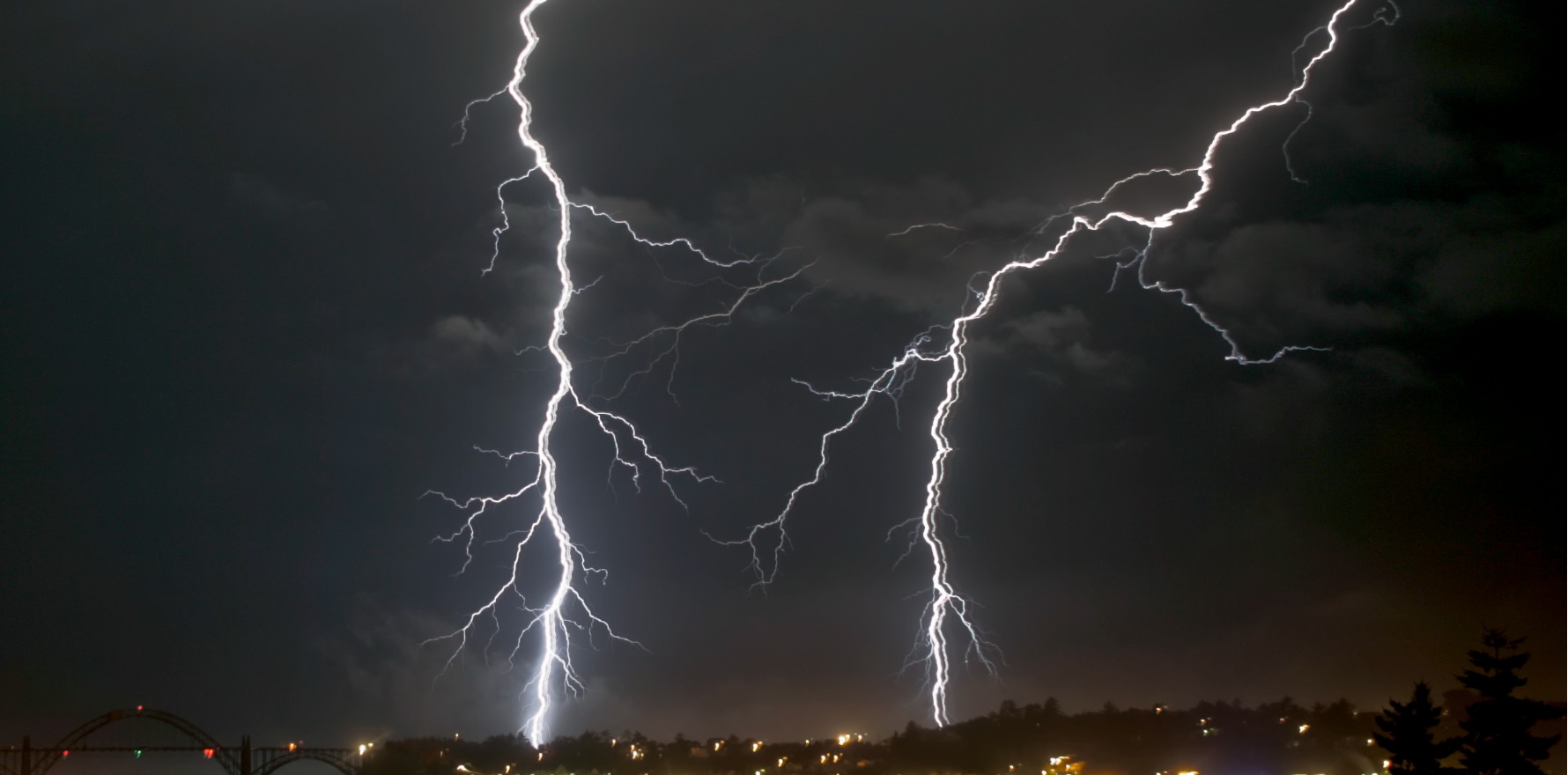
Researchers are working to understand why psoriasis develops at the same sites as prior herpes zoster cutaneous lesions.
Patients with a prior diagnosis of shingles are 66% more likely to develop psoriasis than those who have not had the virus, a large study has found.
Results of the 15-year retrospective nationwide cohort study, published this month in the Australasian Journal of Dermatology, add to growing evidence linking the two conditions.
“Herpes zoster and primary varicella-zoster virus infection have been reported in several case reports to induce psoriasis,” the authors wrote.
“Subtypes of psoriasis, including plaque, guttate and generalised pustular, have been documented to appear after herpes zoster infection, with the latency period ranging from days to months.
“All reported cases found psoriasis to develop at the same sites as the prior herpes zoster cutaneous lesions. The characteristic localisation of psoriasis to previous herpes zoster lesions provides basis for explanations on their association.”
The researchers looked at more than 26,000 herpes zoster patients from the Taiwan National Health Insurance Research Database between 1999 and 2013.
Patients with a diagnosis of herpes zoster and no prior history of psoriasis were chosen as the study subjects, while the control group of more than 106,000 people was made up of those who did not have a herpes zoster diagnosis during the study period and did not have a prior history of psoriasis.
Everyone from both groups was followed until a psoriasis diagnosis, death or to the end of 2013, whichever occurred first.
To ensure the diagnosis of psoriasis was accurate, only those with the diagnosis of psoriasis made in one inpatient admission or two outpatient visits within one year were included.
The distribution of age and gender was the same in both cohorts, with an average age of 52 years, and a female/male ratio of 53% and 47% respectively.
Previous case reports had generally found psoriatic lesions within three months after healed herpes zoster, although the authors pointed out that current literature on herpes zoster-induced psoriasis was scarce “so the exact time frame cannot be defined”.
The authors said mechanism behind the link was currently under investigation, and one theory was that the virus caused neuroimmune destabilisation at the infected sites.
“Epidermal nerve endings are reduced in skin previously affected by herpes zoster,” they wrote.
“Such nerve injury affects the release of neuropeptides such as substance P and causes local immune alterations and epidermal changes preceding subsequent skin lesions.
“Reported case of capsaicin treatment of trigeminal neuralgia improving both pain and ache at the same site showed substance P’s potential role in both nerve perception and cutaneous modification.”
Consequent fibrosis, neuronal loss and scarring of these nerve structures were noted after resolution of the acute state of inflammation from herpes zoster.
This nerve injury may predispose neighbouring skin to psoriatic lesions by altering local neuropeptides, the authors wrote.
Other research suggests sporadic anti-cytokine autoantibodies in some patients caused an autoimmune immunodeficiency syndrome leading to uncontrolled varicella zoster virus reactivation, nerve damage and subsequent post-herpetic neuralgia.
Future studies on the association between post-herpetic neuralgia and its duration, and psoriasis may provide insight into this neuroimmune mechanism, the authors wrote.
“Our study underscores a growing literature on infection-provoked psoriasis and brings the increased risk of psoriasis following herpes zoster infection to clinicians’ attention,” they concluded.

